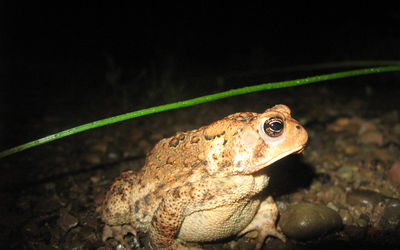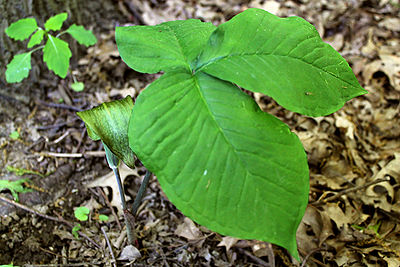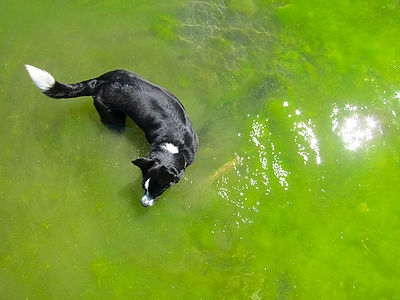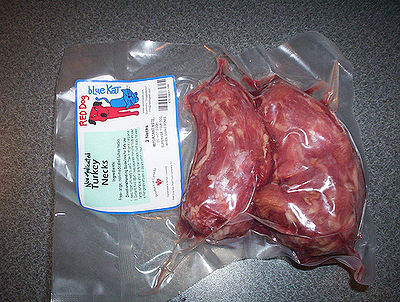
There is a toad living near water that is a threat to your pets and children. The toad has several names – Bufo Toad, Giant Toad, Cane Toad. It is highly poisonous to pets.
Adult Bufo Toads are 6-9 inches long, have tan, reddish brown, dark brown or gray brown warty skin. The back has dark spots. Young toads are just as dangerous as the adults. They live on the ground and shouldn’t be confused with frogs that climb trees.
The Bufo’s native habitat is Central and South America, but poisonous species can be found in many places around the world. Although not native to Florida, it has taken up residence in Central and South areas.
When disturbed, the Bufo releases a pasty yellow-white toxin. The toxin is produced in the parotid glands extending from the head over the shoulder area. It is released through tiny openings in the skin. The toxin is rapidly absorbed into the mucous membranes when the pet’s mouth comes in contact with the toad. Dogs more so than cats use their mouths to test or play with objects.
Symptoms of Bufo poisoning can be brick-red gums, profuse salivation, pawing the mouth, uncoordinated movements, difficulty breathing. If not treated the pet can have seizures followed by death.
Puppies, small breed dogs and cats are more seriously affected by the poison than large breed dogs. Severity of poisoning is determined by the amount absorbed into the bloodstream. If you pet eats the toad, s/he could die within 10-15 minutes.
In order to save your pet if it is poisoned, your must act quickly without panicking.
First and most important, your pet’s mouth needs to be rinsed out thoroughly with large amounts of water. Use a hose or sprayer or bottled water, working from side to side. Do not force water down the throat. Gently rub the insides of the mouth to get rid of as much of the sticky toxin as possible. Be careful as an animal that is frightened or in pain may bite.
Always have emergency numbers ready and near your phone at all times. Call your veterinarian or animal emergency clinic or mobile unit. Immediately transport your pet to their location.
While there is no antidote for the toxin, symptoms can be treated. Intravenous fluids along with anti-arrhythmic drugs for heart irregularities can be administered along with cool water baths to bring down fever.
Bufos are nocturnal and are usually seen early evening, early morning and at night. They are more active when weather is warm and humid, during spring and summer. Leashed dogs are not immune and will grab a toad even when walking, so be alert.
Here are some tips to help prevent Bufo Toads from poisoning your pets.
- Check with other neighbors if Bufo Toads have been seen in your area. They live near any water, so check if you are near ponds, canals or have a swimming pool.
- Bufos are omnivores and will eat anything, insects, snakes, small animals, vegetation. They will eat pet food, so don’t leave any outdoors.
- If you have a fenced-in yard, place check the wire all along the bottom. This can help deter them from entering your space.
- Don’t let your pet out alone, especially when Bufos are active at night.
- Patrol your yard daily, especially when the sun goes down to make sure it is clear of the toads.
To humanely kill the toads, rub or spray 20% benzocaine toothache gel or sunburn spray (not 5% lidocaine) on the toad’s belly. In a few minutes it will become unconscious. Put the toad in a securely sealed plastic bag and place it in the freezer for at least 48 hours to ensure that it is dead. Then it’s safe to discard it making sure no animal can get to it.
Dr. Patty Khuly on her blog, “Fully Vetted” gives us another way to humanely euthanize the toad. Here’s what she advises:
Cover the toad with a plastic container or cardboard box. Slip a flat piece of cardboard or plastic underneath the container, trapping the toad. Using an airtight plastic bag (like the Ziploc) open it over the container so the toad goes into the bag. Seal the bag securely and put it in a dark place to lower the toad’s stress. The carbon dioxide in the bag will kill the toad. Wait 1-2 hours and dispose of the toad where pets can’t reach it.



